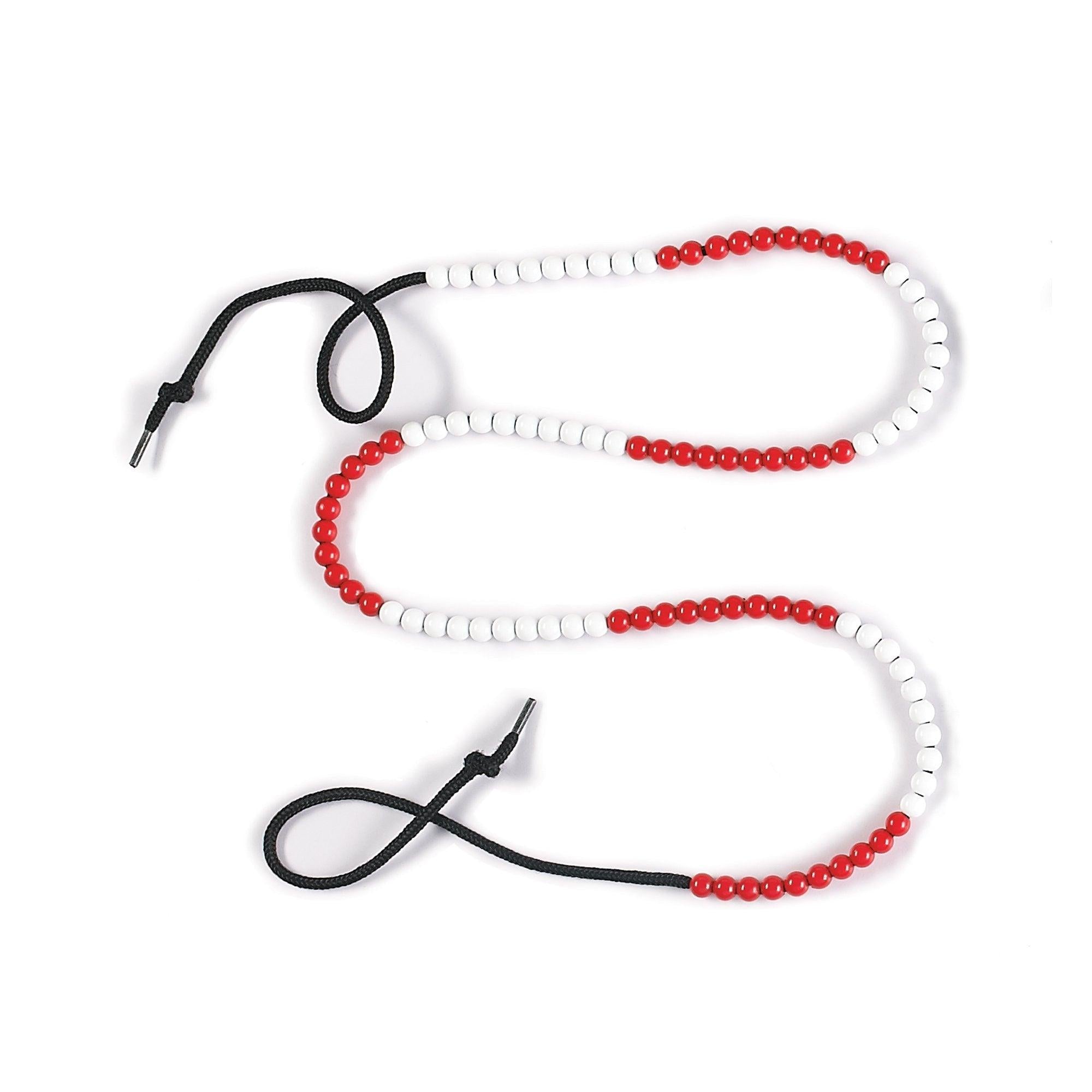The Influence of Toy Advertising on Body Image Perception
Introduction
Toy advertising plays a significant role in shaping the perceptions and expectations of children, especially when it comes to body image. With children being exposed to countless commercials, print ads, and online promotions, it is crucial to understand the impact these advertisements can have on their developing perception of body image. This blog article delves into the influence of toy advertising on body image perception, highlighting the potential consequences and offering insights into how we can mitigate any negative effects.
Features That Shape Body Image Perception
- Imagery: Toy advertisements often depict unrealistic body proportions, promoting an unattainable ideal of beauty.
- Gender Stereotypes: Toys marketed towards girls frequently emphasize thinness, while those targeted towards boys often emphasize muscularity.
- Comparisons: Children compare themselves to the idealized images presented in toy advertising, leading to self-doubt and dissatisfaction.
- Celebrity Influences: Endorsements by popular celebrities further reinforce societal beauty standards and contribute to body image distortion.
The Impact of Toy Advertising on Body Image
Exposure to toy advertising can have detrimental effects on children’s body image perception:
1. Body Dissatisfaction
Children who consume toy advertisements excessively may develop dissatisfaction with their own bodies, feeling inadequate and pressurized to conform to unrealistic beauty standards. This dissatisfaction can lead to various psychological issues, including low self-esteem and poor body image.
2. Influence on Gender Identity
Toy advertisements often reinforce gender norms and stereotypes, perpetuating the belief that certain body types are appropriate for specific genders. This can limit children’s understanding of gender diversity and contribute to harmful gender expectations.
3. Encouragement of Unhealthy Behaviors
Advertisements promoting toys and games that focus on appearances can encourage children to prioritize their physical appearance over other important aspects of development, such as creativity, intellectual growth, and social skills. This may result in a lack of well-rounded personal development.
Mitigating the Negative Effects
While it may be challenging to completely avoid toy advertising, there are steps that parents, caregivers, and society as a whole can take to minimize the negative impact on children’s body image perception:
1. Conscious Media Consumption
- Limit exposure to media that promotes unrealistic beauty standards.
- Encourage children to engage with diverse forms of media that represent a range of body types and promote positive body image.
2. Encouraging Critical Thinking
- Teach children to question and analyze advertisements, helping them understand the persuasive techniques used to create unrealistic imagery.
- Discuss the differences between reality and the idealized versions portrayed in toy advertisements.
3. Promoting Body Positivity
- Encourage open conversations about body image and self-acceptance, fostering a positive body image environment at home.
- Highlight the importance of inner qualities, talents, and achievements rather than solely focusing on external appearance.
Conclusion
In conclusion, toy advertising wields significant influence over children’s body image perception. Unrealistic body ideals, gender stereotypes, and comparisons propagated by toy advertisements can contribute to body dissatisfaction, distorted gender identity, and unhealthy behaviors. By promoting conscious media consumption, encouraging critical thinking, and fostering body positivity, we can mitigate the negative effects, allowing children to develop a healthier, more realistic understanding of body image.




